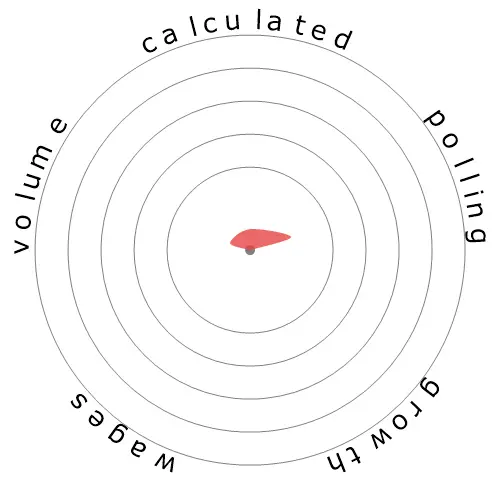Textile Cutting Machine Setters, Operators, and Tenders




People also viewed
Calculated automation risk
Imminent Risk (81-100%): Occupations in this level have an extremely high likelihood of being automated in the near future. These jobs consist primarily of repetitive, predictable tasks with little need for human judgment.
More information on what this score is, and how it is calculated is available here.
User poll
Our visitors have voted that it's probable this occupation will be automated. This assessment is further supported by the calculated automation risk level, which estimates 100% chance of automation.
What do you think the risk of automation is?
What is the likelihood that Textile Cutting Machine Setters, Operators, and Tenders will be replaced by robots or artificial intelligence within the next 20 years?
Growth
The number of 'Textile Cutting Machine Setters, Operators, and Tenders' job openings is expected to decline 11.7% by 2033
Total employment, and estimated job openings
Updated projections are due 09-2025.
Wages
In 2023, the median annual wage for 'Textile Cutting Machine Setters, Operators, and Tenders' was $36,620, or $17 per hour
'Textile Cutting Machine Setters, Operators, and Tenders' were paid 23.8% lower than the national median wage, which stood at $48,060
Wages over time
Volume
As of 2023 there were 9,760 people employed as 'Textile Cutting Machine Setters, Operators, and Tenders' within the United States.
This represents around < 0.001% of the employed workforce across the country
Put another way, around 1 in 15 thousand people are employed as 'Textile Cutting Machine Setters, Operators, and Tenders'.
Job description
Set up, operate, or tend machines that cut textiles.
SOC Code: 51-6062.00


Comments
I am a textile engineer in Bangladesh, and I have been working in the textile industry on the industrial floors for the past two years. I have noticed that when small garment/textile companies start, they usually rely on human labor for production. However, as the industry grows, the factory struggles to keep up with demand. To deal with the vast orders, cheap labor is often replaced by automatic machines. These machines can increase production by 40-70%, depending on the type of machine.
Unfortunately, this means that operators, technicians, cutting machine setters, and machine readers are eventually laid off. Better software and cloud-based information can be readily brought in, saving more time and driving down production costs. The laborers seek out other jobs, and the company, in competition to keep up with the market, hires workers for even lower wages. Therefore, textile factory personnel are at higher risk in the long run.
Leave a reply about this occupation